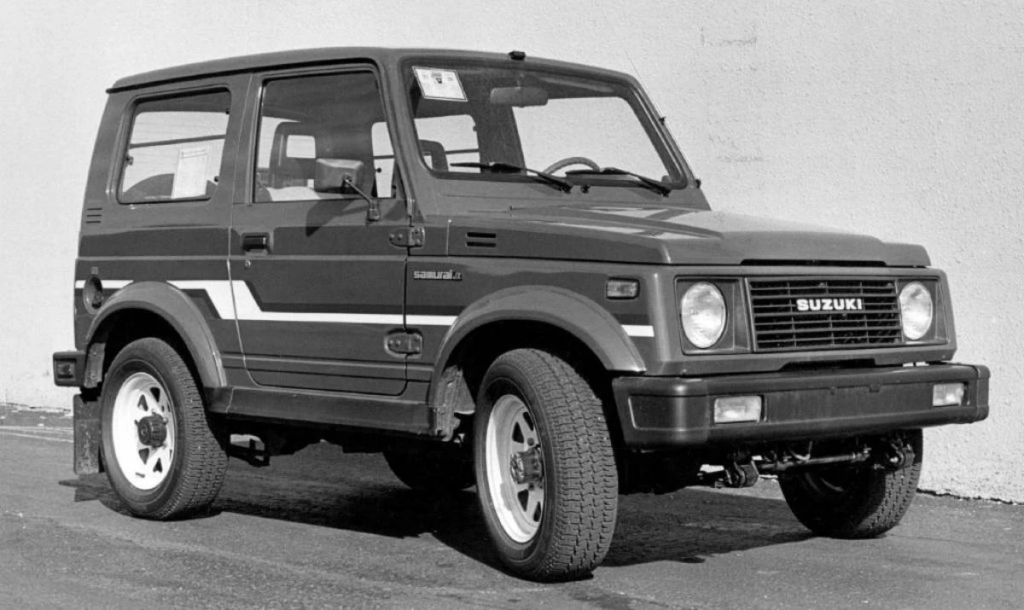The Most Common Suzuki Samurai Problems You Should Know About 2023
A Samurai has probably been spotted somewhere in the woods, on a college campus, or in a metropolis. Due to Suzuki’s capable little 44’s ability to go where other vehicles cannot, they appear almost anywhere. Although the Suzuki Samurai enjoyed a brief period of popularity here, its history did not start or end here.
An Overview of the Suzuki Samurai’s history
The Suzuki Samurai first arrived in the United States in 1986 and left the market in 1995, although its history really began in 1968 as the ON360, a Japanese Kei-class automobile produced by the Hope Motor Company.
Suzuki purchased Hope in order to swiftly join the Japanese market for kei-class automobiles, which had particular size criteria in order to qualify for tax benefits. Suzuki adopted the Hope ON360 in 1970 and gave it the name LJ10 (LJ for Light Jeep), even though it is now more often referred to as the Jimny in other areas of the world.
In 1985, Suzuki introduced the 1986 Samurai model to the United States, which was powered by a carburated 1.3-liter four-cylinder engine with 63 horsepower and 74 lb-ft of torque. The second-generation Jimny made its debut in 1981. According to MotorTrend, the Samurai reached 60 mph in 16.9 seconds and finished the quarter mile in 20.47 seconds, clocking in at 64.5 mph.

Even if the sports car crowd wasn’t impressed, the Samurai’s basic four-wheel drive and manual-locking front hubs gave it unmatched off-road performance.
issues with Suzuki Samurais
One of the Suzuki Samurai’s most serious issues, according to Hagerty, is its awful safety record. For instance, Suzuki recalled the Samurai for seatbelts that wouldn’t latch in the late 1980s because it lacked ABS and airbags. Additionally, during a videotaped Consumer Reports test, the vehicle’s light weight and short wheelbase caused an unfortunate and unwarranted rollover incident; more on that in a moment.
Rusty flooring, noisy starts, and leaking distributor O-rings are some of the other Samurai problems. The factory Samurai carburetor is also finicky and difficult, which is why many owners swap them out for less sophisticated models. Finally, the plastic shifter frequently breaks due to aging and use, but a brass unit may easily be installed in its stead.

The SUV’s last demise
In a high-speed accident avoidance test in 1988, Consumer Reports captured a Suzuki Samurai toppling onto two wheels. The footage was made public by the magazine and made available to anybody who wished to view it. The video was shown on news networks during primetime television along with the assertion that young Samaruai is an easy rollover.
The Samurai passed the initial course of the test, keeping all four tires firmly on the ground at speeds up to 55 mph, but the longer video footage demonstrates Consumer Reports engineers changing the test settings to make the Samurai fail the test. Suzuki filed a lawsuit against Consumer Reports as a result of the altered test and incendiary statements made by the magazine. The two parties reached an out-of-court settlement following a protracted legal dispute.
Samurai sales fell from over 80,000 the year before the crucial test to barely a few thousand by the time the legal dispute was finished. The Consumer Reports incident probably put an end to the Suzuki Samurai’s availability in the United States, but it survived for a few more years.

